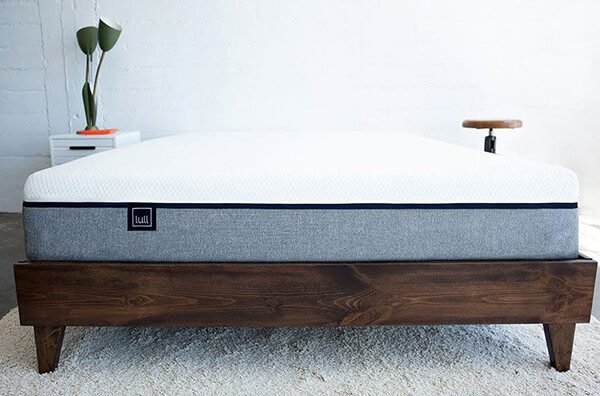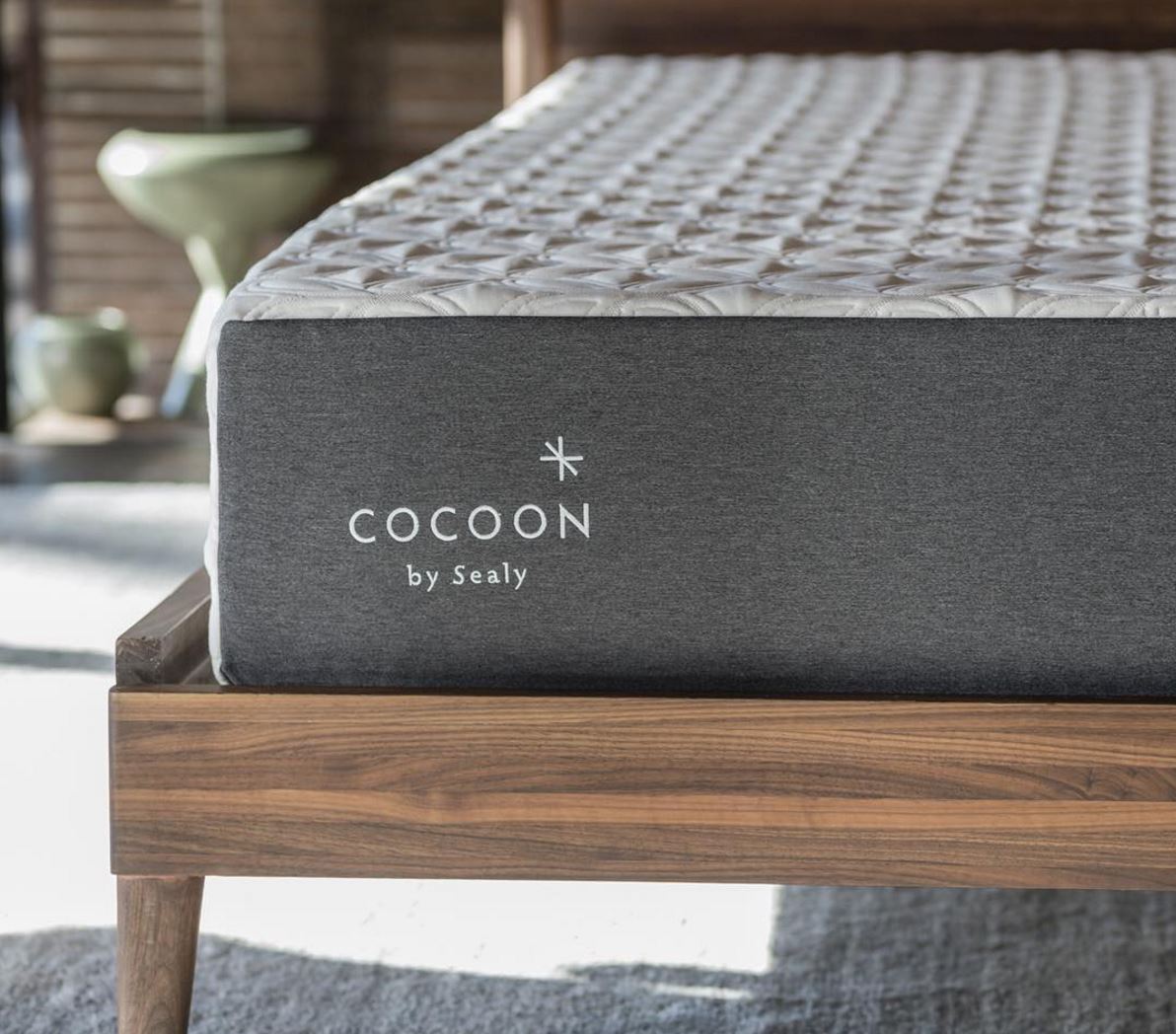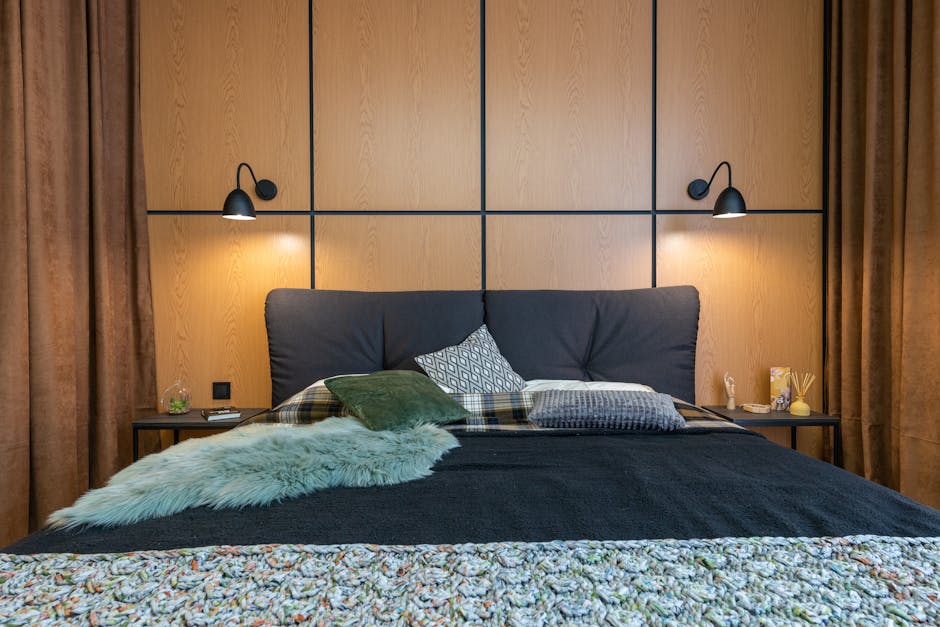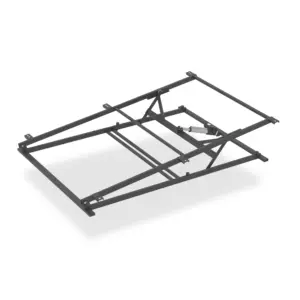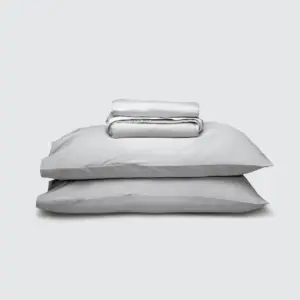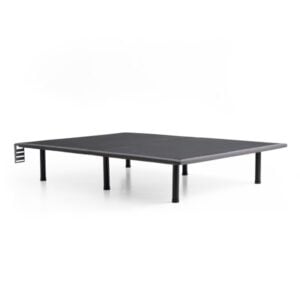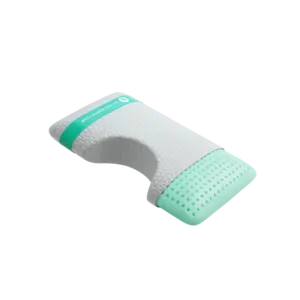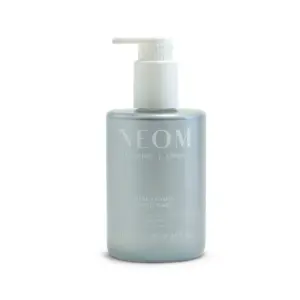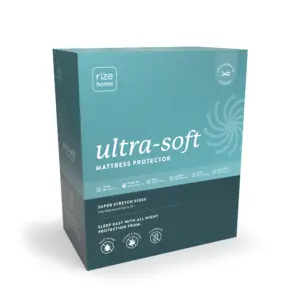Back Pain Relief: What Mattress Should You Choose?
Introduction
Choosing the right mattress can significantly impact your sleep quality, especially if you’re dealing with chronic back pain. For anyone asking, “bad back, what mattress is recommended?” here’s a concise guide to help you make an informed decision.
– Medium-Firm Mattresses: Often hailed as the ideal balance for both support and comfort.
– Memory Foam: Renowned for its pressure relief and exceptional body contouring.
– Latex: Offers excellent durability and a natural bounce.
– Hybrids: Combine foam and springs for enhanced support and motion isolation.
A suitable mattress not only alleviates back pain but also enhances your overall well-being, helping you wake up rejuvenated. Research consistently shows that the construction, firmness, and materials of a mattress profoundly affect your sleep quality and pain levels, particularly in the lower back.
I’m Ben Trapskin, founder of Yawnder. Having faced my own struggles in finding the perfect mattress for chronic back pain, I committed to thoroughly analyzing countless options. Join me as we explore the best mattress choices to effectively relieve your back pain.
Understanding Back Pain and Your Mattress Needs
When it comes to back pain, the right mattress truly makes a difference. Let’s delve into essential factors like spine alignment, muscle relaxation, and posture that influence your mattress selection.
Spine Alignment
Maintaining good posture isn’t only essential during day-to-day activities; it’s equally crucial while you sleep. Your mattress plays a pivotal role in preserving your spine’s natural curve. If your mattress is too soft, you might sink excessively, misaligning your spine. Conversely, a mattress that is too firm may lack the necessary give for your hips and shoulders, resulting in poor spine alignment.
Muscle Relaxation
While you sleep, your muscles and ligaments need the opportunity to relax and recover. A supportive mattress facilitates this process, minimizing the risks of waking up with discomfort. This muscle relaxation becomes especially vital for those already suffering from back pain, as taut muscles can exacerbate underlying issues.
Posture
Your preferred sleeping position plays a critical role in your mattress choice. Side sleepers require softer mattresses to cushion their shoulders and hips, while back sleepers need adequate support to maintain spinal alignment. Stomach sleepers should look for firmer options to prevent excessive sinking of the midsection, which could strain the spine.
Medium-Firm Mattresses: The Optimal Choice
Numerous studies, including one featured in The Lancet, indicate that medium-firm mattresses tend to be the best choice for individuals experiencing lower back pain. They strike an exceptional balance between comfort and support, aiding in spinal alignment and minimizing pressure points.
Exploring Types of Mattresses for Back Pain Relief
Understanding what mattress type is best for your bad back is essential for effective pain management. Here’s a closer look at popular options:
Memory Foam Mattresses
Memory foam mattresses have soared in popularity due to their incredible pressure relief and body contouring properties. These mattresses adjust to your body shape, alleviating pressure points and supporting spine alignment. However, traditional memory foam can trap heat, so look for gel-infused alternatives designed for better temperature regulation. Be mindful of chemical emissions; choosing CertiPUR-US certified options assures safer materials with low VOCs.
Latex Mattresses
Latex mattresses provide excellent durability and an inherent bounce. They offer a supportive feel conducive to spine alignment and are naturally resistant to dust mites and mold, making them suitable for allergy sufferers. You can opt for natural latex derived from rubber tree sap, which is eco-friendly, or synthetic options. If you prefer organic materials, seek out GOLS certification for assurance.
Hybrid Mattresses
Hybrids combine features of foam and innerspring mattresses, typically featuring a supportive coil base topped with foam or latex layers. This design delivers balanced support, motion isolation, and good airflow for temperature regulation. Hybrids work particularly well for couples, as the motion isolation feature minimizes disturbances caused by movement.
Top Recommendations for Back Pain Relief
Based on expert reviews and extensive user feedback, here are some of the best mattresses for alleviating back pain:
1.
– For: Those who prefer a traditional innerspring feel with a cushioned top.
– Why It’s Great: Combines over 800 individually pocketed coils with memory foam and a quilted Euro top to offer sturdy support and pressure relief.
– Trial Period: 365 nights with a $100 transportation fee for returns.
2. Leesa Sapira Hybrid
– For: A diverse range of sleepers, notably couples seeking excellent motion isolation.
– Why It’s Great: A harmonious blend of foam and springs provides support without deep sinking.
– Trial Period: 100 days with complimentary returns.
3. Zenhaven
– For: Those uncertain about their firmness preference, thanks to its dual-sided design.
– Why It’s Great: Made from natural latex, offering durability, support, and eco-friendliness.
– Trial Period: 365 nights with a $99 return fee.
4. Novaform ComfortGrande
– For: Budget-conscious individuals seeking comfort and support.
– Why It’s Great: Exclusive to Costco, this mattress features thick memory foam layers for pressure relief.
– Trial Period: Return anytime for a full refund.
5. Charles P. Rogers Estate SE
– For: Those desiring dual-sided options for varied firmness levels.
– Why It’s Great: A combination of latex and coils ensures sturdy support and cushioning.
– Trial Period: 100 days with a $200 recycling fee.
6. Tempur-Adapt Medium Hybrid
– For: Back pain sufferers preferring firm support with contouring.
– Why It’s Great: Made with curve-conforming memory foam, it supports pressure points while maintaining durability.
– Trial Period: 90 nights with a full refund, less shipping.
How to Choose the Right Mattress for Your Bad Back
Selecting a mattress suited for back pain can be daunting. Here are some key considerations:
1. Spine Alignment: Prioritize a mattress that keeps your spine aligned, making relaxation and recovery possible.
2. Firmness Levels: Medium-firm mattresses often yield better outcomes for back pain. Consider personal preferences when determining the right firmness for you.
3. Sleep Positions: Your typical sleeping position should guide your choice. Side sleepers may benefit from softer mattresses, while back and stomach sleepers usually require firmer options.
4. Trial Periods and Showroom Testing: Take advantage of generous trial periods. Testing mattresses in a showroom while lying in your usual position for 10-15 minutes can provide valuable insights into support and comfort.
5. Return Policies and Long-Term Comfort: Review return policies before purchase. A good return policy ensures you can test the mattress at home and return if it doesn’t suit you.
6. Mattress Components: Investigate mattress materials, including coils and padding, that can influence support, breathability, and comfort.
Frequently Asked Questions about Mattresses for Back Pain
What type of mattress do doctors recommend for back pain?
Doctors frequently endorse medium-firm mattresses as they provide a balance of support and pressure relief, essential for spine alignment.
Does a bad back need a firm or soft mattress?
Typically, medium-firm options are ideal. A mattress that’s too hard can create pressure points, while one that’s too soft may allow deep sinking, leading to misalignment.
How often should you replace your mattress if you have back pain?
It’s wise to replace mattresses older than 9.5 years, as their effectiveness diminishes. Signs include visible sagging or increased discomfort upon waking.
Conclusion
The right mattress for back pain can profoundly enhance your sleep quality and overall health. It’s crucial to focus on support and pressure relief. Medium-firm mattresses—particularly those made from memory foam, latex, or hybrid materials—have proven effective for many experiencing back pain.
Invest in a mattress that meets your needs, and take the necessary time to explore your options. A good mattress is not just a purchase, but an investment in your health, allowing you to wake up pain-free and ready for the day.
For more information and to discover our top-rated mattresses tailored for back pain relief, visit our natural mattresses category.


